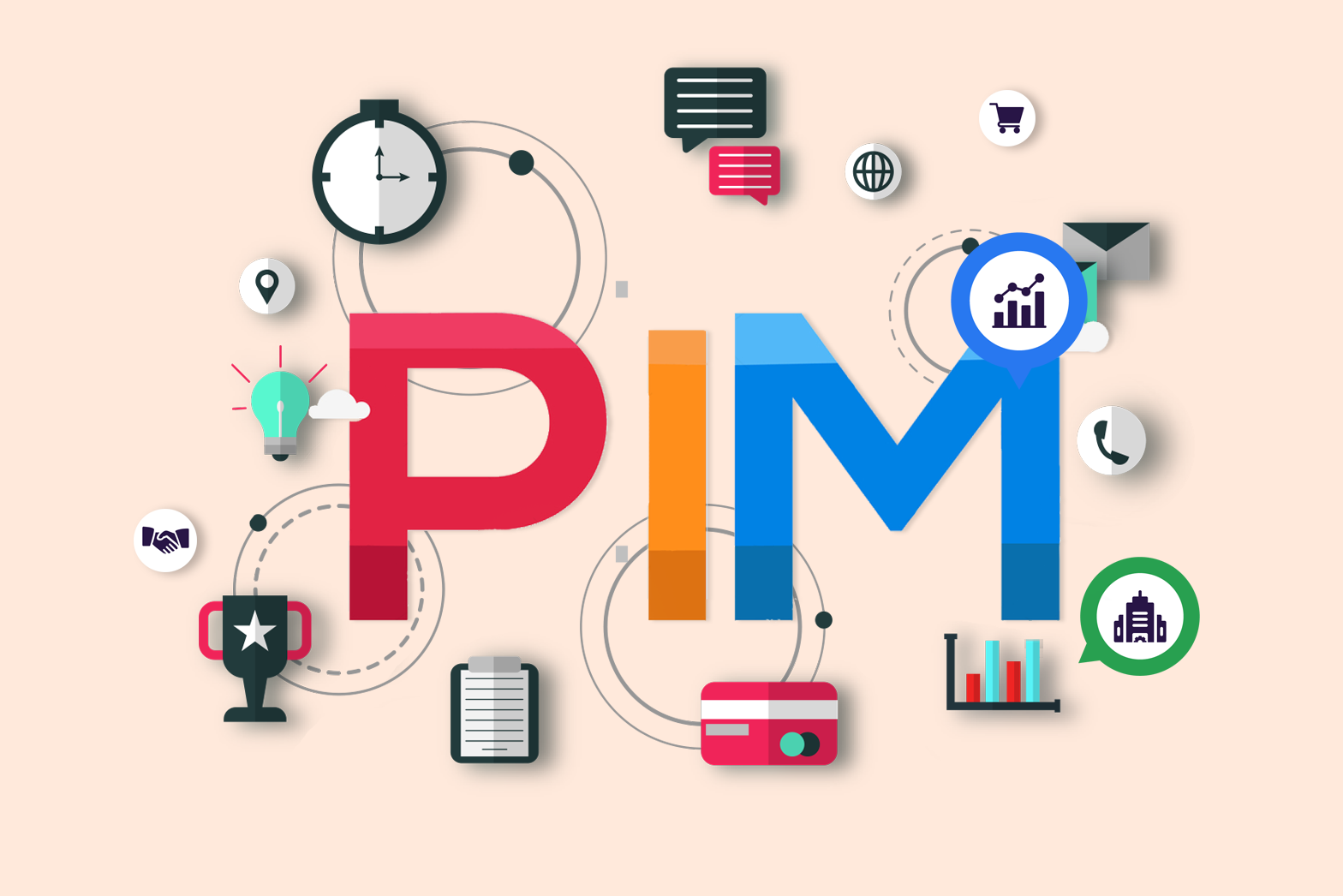One of the reasons why most businesses fail is because they don’t have a solid business plan. This type of plan should include strategies and tools that help to improve sales.
You do have to tailor your plan to meet your business’ needs. If you need to improve your sales, you should look into a PIM tool.
What does PIM stand for? Read on to learn everything you need to know about PIM.
What Does PIM Stand For?
PIM is an acronym that stands for Product Information Management which manages product data.
After collecting and organizing data, a PIM can deliver the information to output channels or media. These can include websites and marketing feeds.
Companies can use a PIM in a software form to ensure they have accurate product information. A PIM can also help companies determine which of a product’s attributes to display. This is beneficial as it helps to grab a customer’s attention.
Defining the Benefits of PIM
Investing in PIM software is essential for businesses, as it offers many benefits.
For one, it allows companies to centralize useful product information. This allows them to forward all this information to the different sales channels.
PIM software helps to optimize product attributes. This is a major benefit for companies as they need to update product information once a product changes.
Meaningful use of PIM software can help customize the buying experience. A company can adjust a product’s attributes based on customers’ preferences. This is also helpful for companies that want to create personalized price lists for loyal customers.
Choosing the Right PIM
To reap the benefits of this tool, you have to choose the right PIM setup. You need to pick one that provides you with the features your business needs.
The PIM software that you’ll choose should be compatible with your sales channels. It should exchange data with these channels without issues. Any issues, even if minor, can cause product sales to go down.
Does your company use other types of software to help run your operations? If this is the case, you’ll want to ensure that the PIM software you plan to buy works well with your other systems.
You may not need a PIM if it doesn’t mesh with your other systems. Instead, you may need a PXM. This is an acronym that stands for Product Experience Management.
This specific software manages how customers interact and experience a product. Does this sound like a tool you need? Click the link to learn more about the difference between PIM and PXM.
Using PIM to Manage Product Data
Now you know the answer to the question, “What does PIM stand for?” You can determine if PIM software would be beneficial for your business. You can use it to market better the products you wish to sell.
Make sure to explore the rest of our blog to continue reading more great articles.
